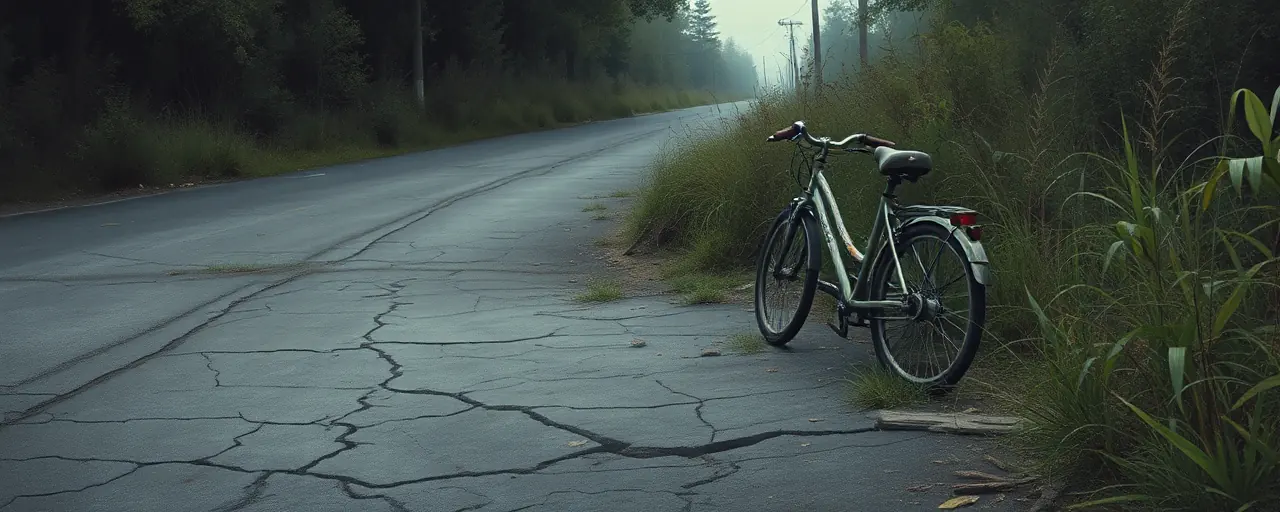A Long-Overdue Reckoning
Ramiro Guevara, a 46-year-old Mexican national living illegally in the United States, thought he’d slipped through the cracks. Back in 2014, he was behind the wheel in a tragic vehicle accident that snuffed out the life of a 13-year-old girl. Already wanted for driving without a license, Guevara somehow avoided jail time or charges for the girl’s death. For over a decade, he roamed free, a glaring symbol of a broken immigration system that too often lets dangerous individuals dodge accountability. That ended on March 26, when U.S. Immigration and Customs Enforcement (ICE) finally tracked him down in Dallas and locked him up, pending deportation.
This arrest isn’t just a win for law enforcement; it’s a loud wake-up call for every American who cares about public safety. Guevara’s case exposes the gaping holes in our immigration enforcement - holes that let an illegal alien with a rap sheet linger among us, unchecked, until tragedy struck. ICE’s move to haul him in proves what many have long argued: we can’t keep turning a blind eye to those who flout our laws and threaten our communities. It’s time to stop coddling lawbreakers and start protecting the people who play by the rules.
The System Worked, Eventually
Guevara’s story didn’t start with that fatal crash. He’d been ordered deported back in 2017 after an immigration judge rejected his plea to stay. The guy had 30 days to appeal, didn’t bother, and then vanished into the shadows. That he evaded justice for so long isn’t a shock; it’s a symptom of an overburdened system clogged with loopholes. ICE’s Dallas Special Agent in Charge, Travis Pickard, nailed it when he said his team works tirelessly to target those who ‘disregard U.S. immigration laws.’ Guevara’s capture shows that persistence pays off, even if it takes years to catch up with these scofflaws.
Look at the numbers: ICE has been ramping up efforts to nab criminal aliens, with thousands detained annually under policies sharpened during the Trump years. The Designating Aliens for Expedited Removal policy, for instance, lets officers deport people like Guevara faster, skipping the endless hearings that clog the courts. Critics whine about ‘due process,’ but when someone’s already been ordered out and sticks around illegally, what’s the holdup? The data backs this up - immigrants, especially undocumented ones, commit crimes at lower rates than native-born citizens, sure, but when they do, the impact hits hard. One dead teenager is one too many.
Community Safety Takes a Hit
Here’s the real gut punch: lax enforcement doesn’t just let guys like Guevara off the hook; it puts entire neighborhoods at risk. Police chiefs in places like Santa Fe County, New Mexico, and Riverside County, California, have sounded the alarm. Immigrants, legal or not, clam up when they fear deportation. They won’t report thefts, assaults, or worse, leaving criminals free to prey on everyone. Sheriff Chad Bianco in California put it bluntly: undocumented workers are scared to talk, and that’s a public safety disaster. ICE’s aggressive stance might spook some, but it’s a necessary trade-off to root out the bad actors.
History tells the same tale. Programs like Secure Communities, rolled out years ago, aimed to snag criminal offenders but caught plenty of small-time violators too. The result? A chilling effect on immigrant communities, with trust in law enforcement tanking. Some cities went ‘sanctuary’ to fight back, shielding illegals from ICE. That’s a noble gesture until you realize it’s the Guevaras of the world who benefit, not the law-abiding families. Strong enforcement, like what nabbed Guevara, sends a clear message: break the law, and you’re gone.
The Other Side’s Weak Case
Plenty of voices will cry foul over Guevara’s arrest. Advocates for open borders argue that ICE’s tactics alienate immigrants and erode community trust. They point to studies showing immigrants boost local economies and keep crime rates low. Fair enough, but that’s cold comfort to the family of a 13-year-old girl who won’t ever come home. These same folks decry expedited removals as unfair, claiming people deserve endless appeals. Yet Guevara had his shot in 2016, lost in 2017, and still hung around. How many bites at the apple does one guy get?
Then there’s the privacy angle. ICE’s push to monitor social media for threats has activists clutching their pearls, calling it surveillance overreach. They’re not wrong that it’s a bold move, but when you’ve got agents tracking down fugitives like Guevara, a little digital digging seems like a small price to pay. The alternative is letting these guys vanish into the ether, free to wreak havoc. That’s not justice; it’s negligence.
Time to Double Down
Guevara’s arrest isn’t the end; it’s a starting gun. ICE is doing the heavy lifting, but they need backup. The Laken Riley Act, pushing mandatory detention for even minor offenses, is a step in the right direction. Pair that with state attorneys general suing feds over released detainees who cause harm, and you’ve got a recipe for accountability. It’s not about punishing every immigrant; it’s about making sure the ones who hurt us can’t hide behind a broken system. Guevara’s decade-long dodge proves we’ve been too soft for too long.
This isn’t abstract policy talk. It’s about real people - the girl who didn’t make it to 14, the parents left grieving, the neighbors wondering who’s next. ICE’s work in Dallas shows what’s possible when we stop debating and start acting. The message needs to stick: come here legally, follow the rules, and you’re welcome. Cross the line, and you’re out. Anything less is a betrayal of every citizen counting on a safe, secure country.
